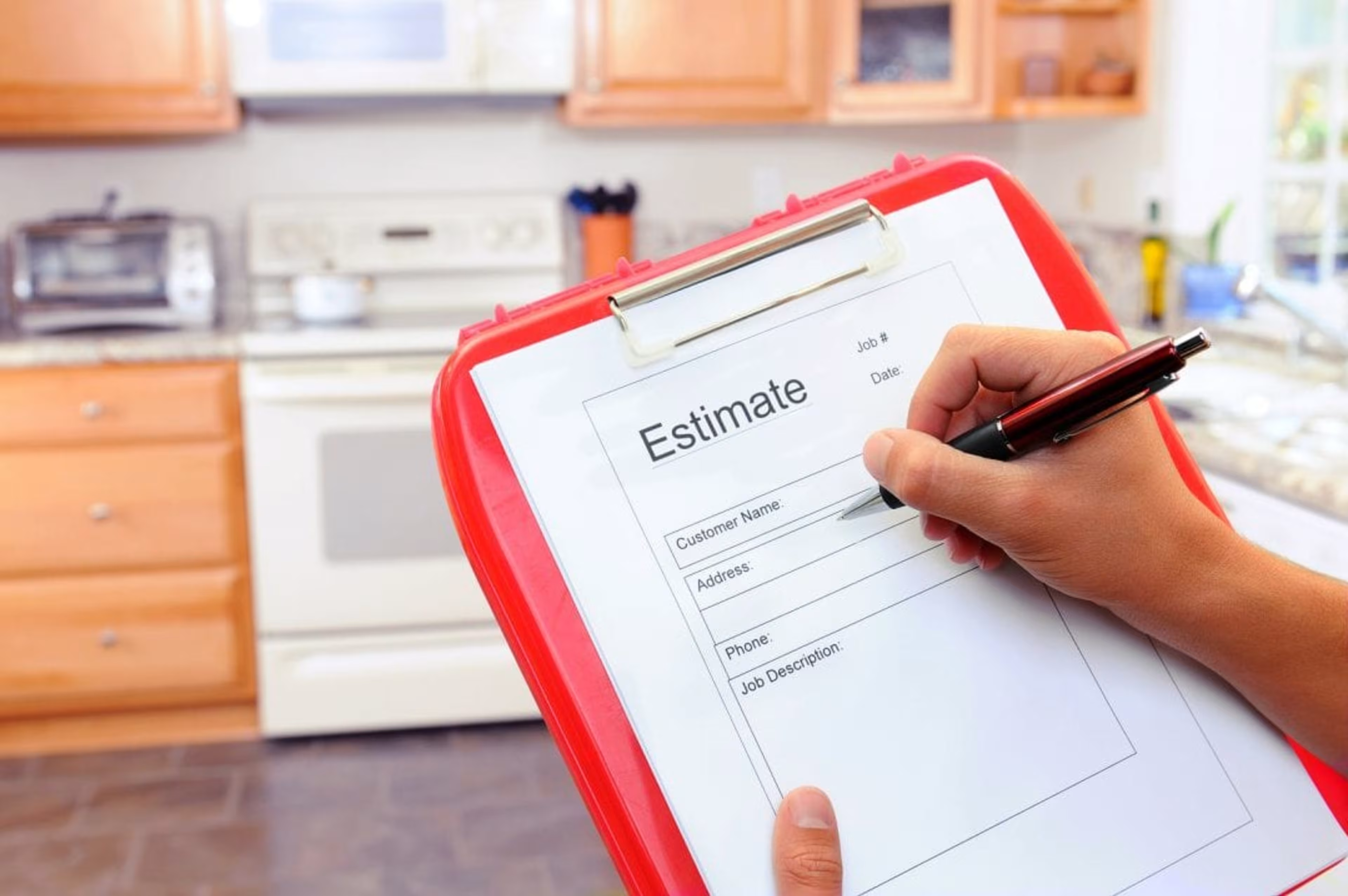Experts are telling homeowners to get lots of bids before selecting a contractor for their remodel. And it makes sense—when buying something like a car, smart buyers use Edmunds, Kelley Blue Book, and Consumer Reports before making a decision. They should use the same diligence while choosing a contractor for a remodeling job.

But with that in mind, it’s incredible how few remodelers get the bidding process right. Many miscalculate the number of hours, the cost of materials, or forget to plan correctly for subcontractors.
To avoid these issues, follow these four steps to have a successful residential bid every time.
Step 1: Get to know the house.

via Michele Turbin, Flickr
Getting to know the house is essential to getting your bid right.
For example, Scott Gregor says, “The best way for me to get acquainted with a house is to have a set of drawings, and a walk through. If I can’t have drawings then a simple scope overview of what the pain is, why are you renovating, what are you trying to fix etc are all ways for me to get up to speed on a house. When it comes to communication, the more open and transparent you can be with me, the more I can give you an honest assessment or response on how to remodel your home.”
While it’s obvious your firm needs to demonstrate it has a sound knowledge base and work process creating a bid without a walk-through is bound to lead to miscalculations.
Having a quick walk-through helps contractors understand the client’s exact specifications. They should use this time to ask questions, get to know the client, and determine whether or not they will be a difficult customer to work with. Seek out areas where you will need to use subcontractors, and be sure to ask for any mock-ups or drawings the client might already have.
Step 2: Calculate the tangible costs of the job.

via Ken Teegardin, Flickr
Homeowners are turning more and more to free online remodeling calculators. Luckily, contractors have far more powerful tools available to them.
Given the complexity of any construction job (between guesstimating man hours to budgeting for materials), contractors should invest in construction estimating software to help reduce the speculation that goes into creating a bid. An additional benefit is that if there is a change to the job, it’s very easy to adjust a column with this software as opposed to redrafting the entire bid.
When determining the raw cost, make sure you consider:
HVAC needs
Subcontractor fees
Materials
Cost of labor
Sitework (such as demolition and hauling)
Preventative care
Finishes
Specialties
Equipment
Furnishings
Step 3: Make sure you make money!

If you did this job asking just for the raw cost of the job, you would undoubtedly lose money.
Overhead fees must be included in the bid. If you want to be able to pay for new tools and construction branding and marketing, you must substantially mark up your final price.
By how much?
Greg Flenniken from Flenn Homes says, “I would say most builders are around the 15-25% range.”
According to Construction Programs and Results INC, “The typical remodeling contractor will have overhead expenses ranging from 25% to 54% of their revenue–that means every $15,000 job could have overhead expenses of $3,750 to $8,100.” With these figures in mind, mark up your bid to actually return a profit.
According to the National Association of Home Builders, most remodelers only have a 3% margin. Don’t fall into the same trap that so many contractors make in an attempt to win a bid by undervaluing their services. It’s not worth it.
Step 4: Present your bid.

Don’t be tempted to send your bid in the mail or over email. Pitch your bids in person.
Leland Finley, a Missouri-based contractor, explained it best to Remodeling, “[Presenting in person] gives new customers an opportunity to ask questions and gives me an opportunity to explain the bid.” Explaining the bid in-person alleviates the possibility of miscommunication relating to the bid itself—and attaches a face to the final number.
Instead of handing the bid packet over to the client and waiting for them to read it, walk through the itemized list with them. Explain why what costs how much and any reason your figures might be different from another contractor’s.
More?
Avoid the temptation to go below margin to compete with other people’s bids—getting caught up in “winning” a contract is how all-too-many construction companies lose money on jobs.
Are there other tips that I missed? Suggestions from your experience? Leave your thoughts and comments below!